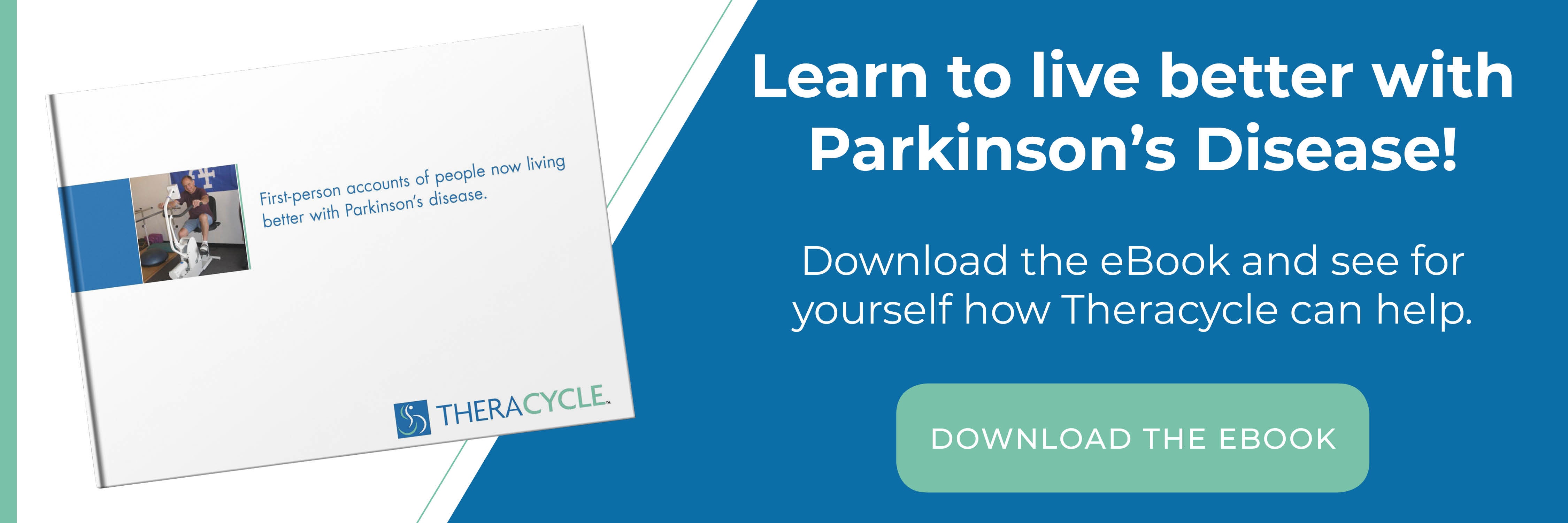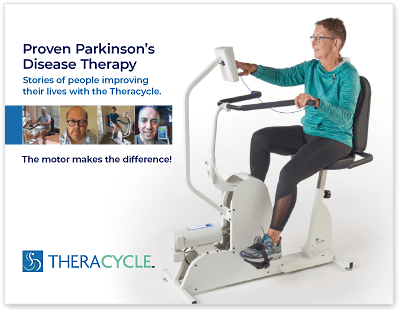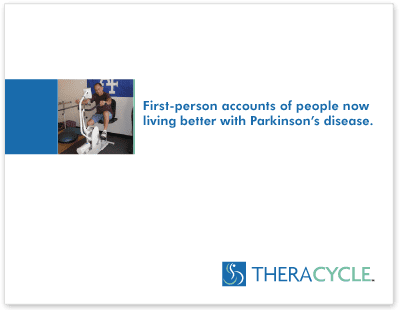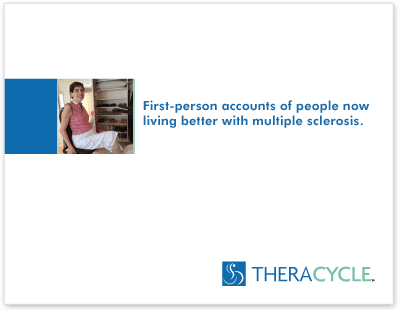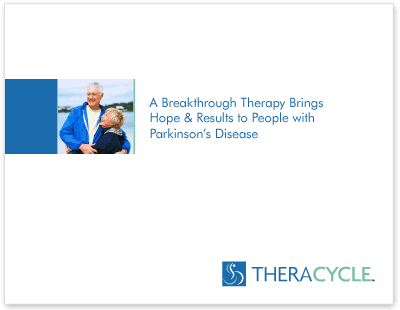- ›
- Stories
- ›
- Tips and Advice
- ›
- Parkinson’s Disease Treatment Evolving Landscape
Stories
Parkinson’s Disease Treatment Evolving Landscape

Parkinson’s disease is one of the most common age-related neurodegenerative disorders, as over seven million people across the world live with PD-related symptoms and difficulties.
Parkinson’s News Today says that “The prevalence of the disease ranges from 41 people per 100,000 in the fourth decade of life to more than 1,900 people per 100,000 among those who are 80 and older.” This disease can dramatically affect someone’s quality of life and keep them from enjoying their lives to the fullest extent.
If your loved one has been diagnosed with PD or is already living with its symptoms, then you probably want to understand the question “how is Parkinson’s disease treated” and how you can help support them on their road to a better, fuller life.
How is Parkinson’s Disease Treated?
Parkinson’s disease treatment can take a number of forms, and each approach has pros and cons that can work for some people better than others. When it comes to the most common Parkinson’s disease treatments, these tend to be the most commonly used:
- Carbidopa-levodopa: According to the Parkinson’s Foundation, “Carbidopa/levodopa remains the most effective drug to treat PD.” While some people are still hesitant to take it, and it does have side-effects, but most neurologists believe it to be one of the best ways to reduce symptoms associated with Parkinson’s disease.
- Dopamine agonists: While not considered to be as effective as Carbidopa-levodopa, dopamine agonists “mimic the effects of dopamine in the brain,” and their effects often last longer. They can even be used alongside levodopa to level out any fluctuations in the medication’s efficiency.
- MAO-B inhibitors: These medications—like selegiline and rasagiline—can help fight the dopamine breakdown that PD causes by releasing monoamine oxidase B (MAO-B) enzymes into the patient’s system.
- Lifestyle Changes: In many cases, people living with PD point to lifestyle changes such as exercise, diet, and other holistic approaches to be the most effective treatments for their Parkinson’s disease symptoms.
There are other treatments available, of course, but in most cases, it’s a combination of medication and lifestyle choices that lead to the best overall treatment for Parkinson’s disease.
What is the Best Treatment for Parkinson’s Disease?
When it comes down to it, if your loved one is living with Parkinson’s, then one of the best things you can do is help them embrace exercise as part of their routine.
Exercise and Parkinson’s have a clear connection. In a study from the FDA, “Participants shared that exercise specifically improved sleep, cognitive function, mood and motor symptoms. One participant stated, ‘exercise is more important than the pills we take.’ A few participants expressed the importance of targeted workouts, including one participant who said, ‘when I am doing a legs workout, I feel the difference in my body.’”
This is why we created the Theracycle forced exercise bike, which allows people living with PD to take advantage of a Parkinson’s disease home treatment that not only helps reduce symptoms but can also restore the user’s quality of life.
Despite the diversity among Parkinson’s disease treatment options, exercise—and forced exercise specifically—can lead to more energized, confident, and stronger users who can reclaim the lifestyle they may have lost.
Related Pages
- Learn more about Medicare Coverage for Parkinson’s Disease.
- Does Medicare Cover Speech Therapy?




